Ambition, drive and passion. These are all qualities we strive for when seeking out a career path. It can be easy to sell ourselves short and settle for the mundane eight-to-five, but when we take a moment to observe the workforce around us, it can be just as easy to realize that times are also changing.
What if what seems outside the normal could actually be a possibility?
We each have the capacity to change the world and make a difference through the things we are passionate about. We all have dreams and desires that stir up excitement inside of us, so what if we simply took a chance on one of them? We never know the places it could take us and the people whose lives might be saved as a result.
Bailey McDade exemplifies this. At only 25 years old, she first started her career as a wildlife science major before becoming a wildland firefighter, requiring her to now forge through flames and brush sometimes for up to 160 hours a week. We recently had an opportunity to hear more of Bailey’s story and what led her to the fearless life of firefighting.
She shares advice applicable to anyone, in any career, below:
Victoria Bardega: With an impressive background in wildlife science and service in the AmeriCorps, what motivated you to pursue firefighting?
Bailey McDade: While I loved working in Virginia State Parks, I was starting to feel like I was outgrowing the little patches of woods around me. I wanted a chance to impact much larger spaces and to scratch the travel itch I have always had. My job in Fire lets me do both! I now travel all over the country, fighting fires and doing work to improve forest health for half the year and during the winter I’m still able to volunteer on wildlife research projects around the world.
VB: Are there any challenges that you’ve had to overcome being young, being female or both as a firefighter?
BM: I think being young has actually been an advantage! I have the flexibility in my life to travel at the drop of a hat during fire season, and like a lot of other seasonal firefighters, especially the young folks, I travel for pleasure during the off-season. It’s an extremely physically demanding job, so while I have less experience than the more seasoned firefighters, I am eager to learn and work hard.
As far as being a woman, I honestly feel like there is no real difference when we are out on the line. We all carry the same gear and do the same work. I think it’s a huge mental game and you’re the only one playing. I know I deserve to be on the crew, not because I am a woman and not despite it. I just work my hardest, like everyone else.
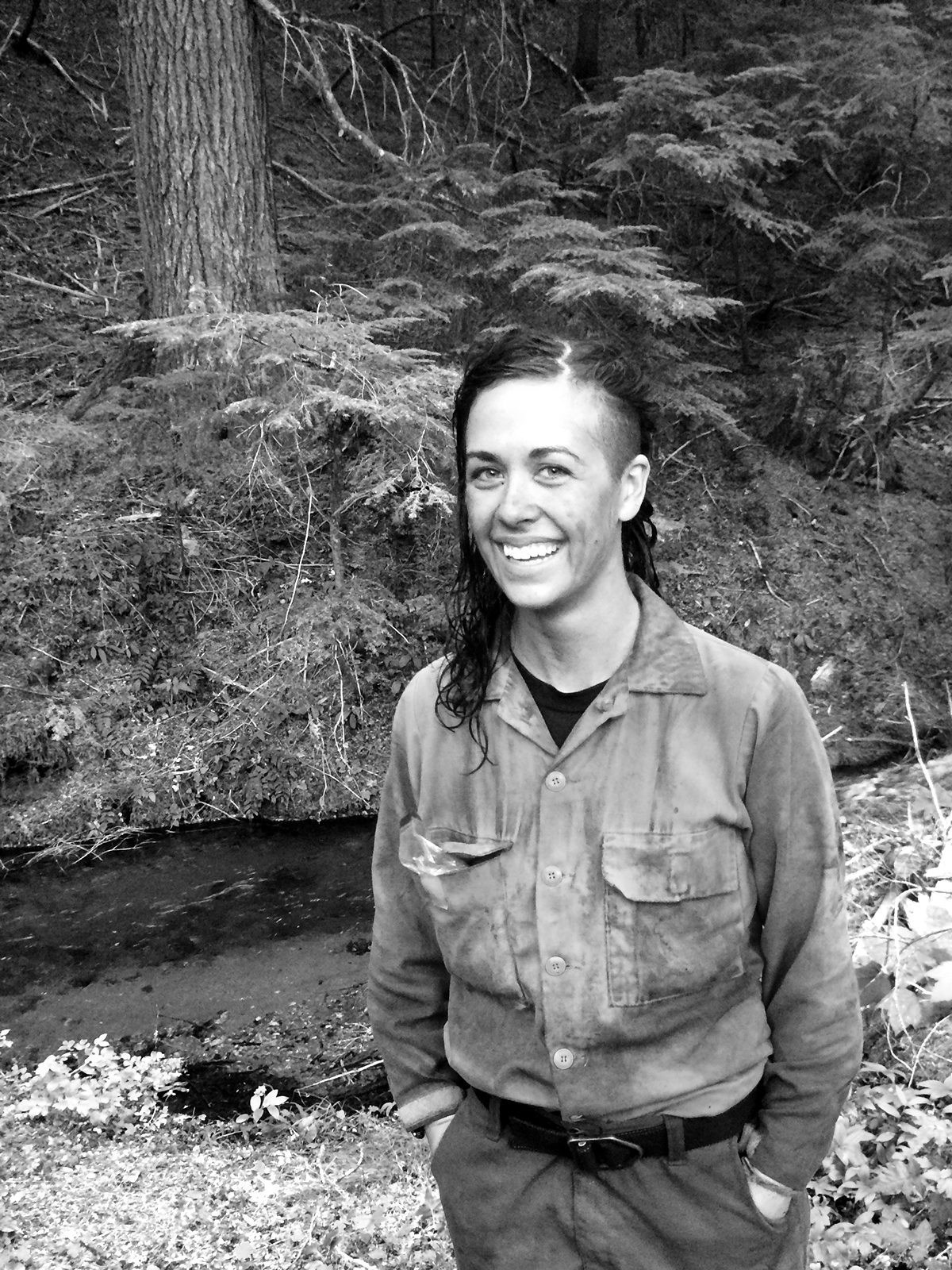
VB: If you could describe a day in your life, what would that look like?
BM: This is the million dollar question! Our job changes day to day, and often changes even during the course of the day. On a large wildfire, a typical day would start with waking up early, probably in a field or the woods somewhere, eating a communal breakfast at “fire camp”, getting a briefing on weather, maps, etc, and the day’s assignment, then getting right to work.
Typical jobs on a fire include digging fire lines, using chainsaws to cut out vegetation and dead trees that could threaten those lines, making plans for structure protection, setting up water tanks and hose lays on lines and around houses, and eventually burning out along those fire lines to create larger safety buffers and to help contain the fire. Unless we are planning to stay out near the fire overnight, we will head back to fire camp for dinner and get to bed. It’s usually about a 16 hour day and we will work for 14 days straight before heading home for a couple days of much needed R&R.
VB: What sort of protective gear do you have to wear and how does it help what you do, specifically?
BM: We have to be able to hike long distances, up steep slopes and through thick vegetation, sometimes before even getting to our work area for the day, so every pound of gear counts.
All of our gear is designed to be lightweight but also needs to be able to withstand the heat of a fire and the tough conditions we work in. We wear lightweight cargo pants and button-up shirts both made from a fire-resistant plastic* blend material that is comfortable to hike in but durable enough to help protect us in harsh conditions. Our “yellows” (our yellow shirts) and our “greens” (our green pants) are the foundation of our uniform and we often wear the same set at for at least two weeks at a time, so we really rely on them holding up!
Other than that, we wear leather boots and gloves, plastic safety glasses and a durable plastic hard hat with an attached face and neck shroud, made from the same fire-resistant plastic material as our shirts. We all carry a hand tool or chainsaw and pretty much anything else we need, we carry on our backs. My gear weighs about 40 pounds, with most of that weight coming from my drinking water!
I know I deserve to be on the crew, not because I am a woman and not despite it. I just work my hardest, like everyone else.
VB: Within the last few years, our nation has experienced many fierce wildfires, which has brought both anxiety and devastating destruction. Where do you find the courage to face those situations head-on?
BM: The hardest part of the day is getting out of your sleeping bag and putting your boots on. It’s about mental toughness. For everything that comes after, you just have to trust that you and your crew have been training for these moments, physically and mentally, and you’re out there for a reason.
VB: What words of wisdom would you share with someone looking to pursue a career as risky as firefighting? What has your career taught you, so far, that any woman could implement when facing challenges?
BM: When you’re on a fire crew, you’re not “a girl tagging along in the boys’ club.” You’re part of the family and everything that comes with it. Having a sense of humor goes a long way and as most people with brothers or even close friends can attest, “the more they tease you, the more they love you” is a statement that holds pretty true. Being able to joke around with each other makes a crew that much closer and it’s an indescribable bond I don’t think I could find with many other careers.
When facing challenges in any capacity, my advice to women (and men!) would be to make yourself part of something bigger. Do something that you feel matters to more than just you, every day. Then, whether you’re having a good day or bad day, try not to take things personally. Know it’s about much more than just you as an individual, and that being able to “shake it off” (my runner-up answer to the next question) is important to whomever or whatever is relying on you being at your best.
Do something that you feel matters to more than just you, every day.
VB: Lastly, just for fun. What Taylor Swift song would you say is your life’s anthem?
BM: I’m going to say “Blank Space,” but not because I’m a boy-crazy “nightmare, dressed like a daydream!” I just love that Taylor is able to poke fun at herself and how that song really shows how confident she is in her place in the world, workplace and, specifically, as a young woman still finding her way.
*Plastics Make it Possible is bringing stories like Bailey’s to life through a mobile exhibit and online gallery in their Protecting Our Heroes: A Tribute to Safety and Innovation program. Find out more about it here.

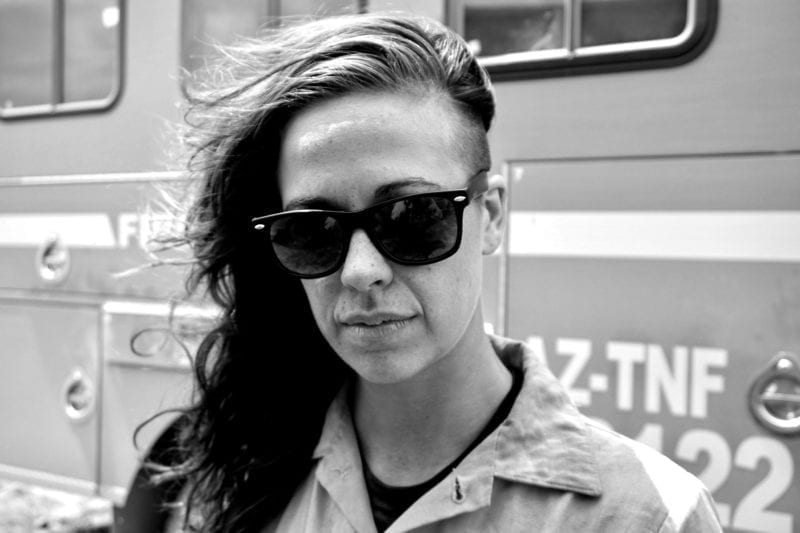
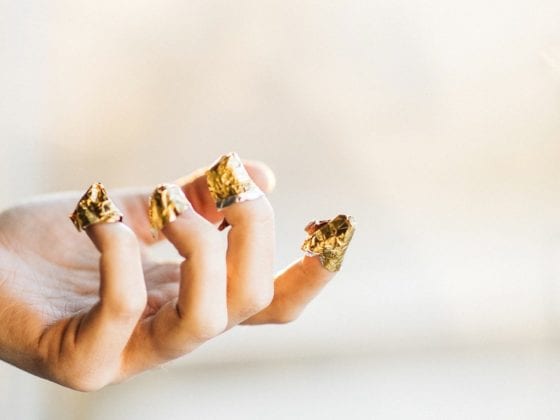
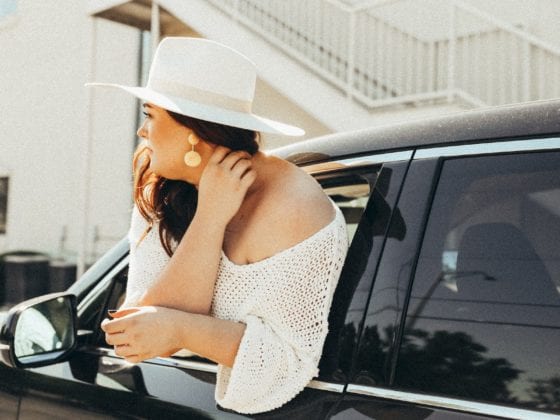

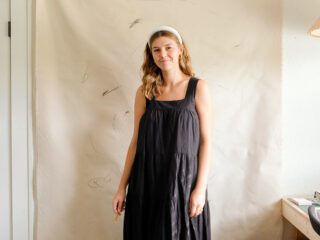

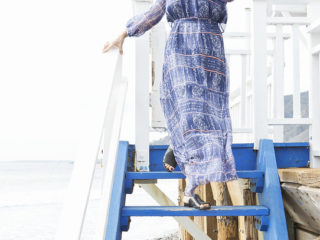


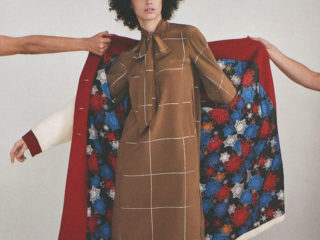
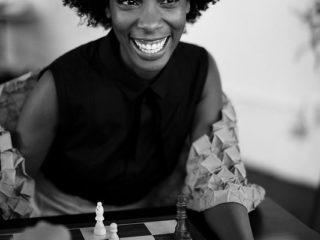
1 comment
I love this! It’s always encouraging to read stories of women in traditionally male dominated fields. I work in construction management and it’s estimated to be only about 7% women nationally, and my own office is pretty representative of that. Representation is important.